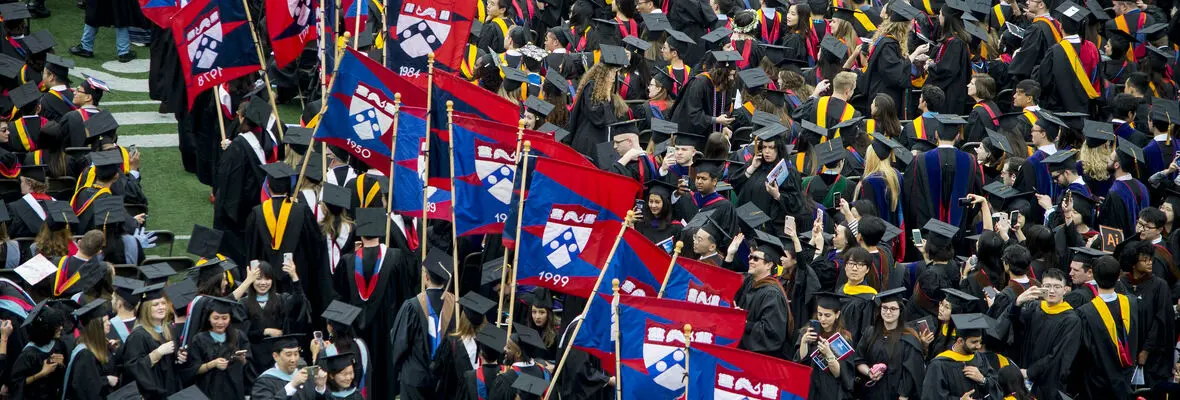Education
Our laboratories train PhD students and provide research opportunities for undergraduate, masters, and medical students, as well as residents and fellows.
Interested prospective graduate students are encouraged to email Maria, Yale, or Lauren directly to inquire about their application to Penn. We accept students from the Neuroscience, Bioengineering, Psychology or Physics graduate groups. We recommend that you reach out to us and consult if you're not sure which program will be the best fit for you.
CANAC training grant and CNI
Ph.D. students in our laboratories are eligible for participation in the CANAC training grant. This is a training grant in computational approaches to auditory neuroscience. This training grant supports the eligible students in their third year of the PhD program. Students participate in several activities and programs that are developed under the training grant.
Ph.D. students in our laboratories are also eligible for the computational neuroscience initiative training program. More information is forth-coming.
Meet some of our CANAC students:

Ammon Perkes is a computational animal behaviorist with a particular interest in the multi-dimensional drivers of auditory and social behavior. His PhD work explores what determines individual success in social contexts, using machine-learning techniques to define pose and characterize the timing and intensity of social behaviors. Currently, Perkes is an NSF Postdoctoral Research Fellow at UC Davis, working with the naturally clonal Amazon molly.
Papers:
Perkes, A., Anderson, H., Schmidt, M., White, D. Cohesion in male singing behavior predicts group reproductive output in a social songbird. (In Review at Current Biology)
Perkes, A., Pfrommer, B., Daniilidis, K., White, D., Schmidt, M. Variation in female songbird state determines signal strength needed to evoke copulation. (In Review at eLife)
Anderson, H., Perkes, A., Gottfried, J., Davies, H., White, D., Schmidt, M. (2021). Female signal jamming in a socially monogamous brood parasite. Animal Behaviour, 172, 155-169. PMID: 35444332
Badger, M., Wang, Y., Modh, A., Perkes, A., Kolotours N., Prommer B.G., Schmidt M.F., and Daniilidis, K. (2020). 3D Bird Reconstruction: a Dataset, Model, and Shape Recovery from a Single View. ECCV, 2020, pp 1-17.
 Elelbin Ortiz studies the circuits and computations underlying the acoustic startle response in zebrafish. She uses zebrafish as an experimental platform to understand how animals establish proper and appropriate responses to stimuli in their environment. In particular, she has identified a single base-pair substitution on Chromosome 25 located within the coding sequence of the synaptotagmin 7a (syt7a) gene that is highly linked to the escapist acoustic hypersensitivity phenotype. Broad behavioral analysis of escapist larvae using the base pair substitution for genotyping further identifies that escapist larvae also have modified behavioral response to visual input, but do not exhibit changes to acute regulation of the startle threshold.
Elelbin Ortiz studies the circuits and computations underlying the acoustic startle response in zebrafish. She uses zebrafish as an experimental platform to understand how animals establish proper and appropriate responses to stimuli in their environment. In particular, she has identified a single base-pair substitution on Chromosome 25 located within the coding sequence of the synaptotagmin 7a (syt7a) gene that is highly linked to the escapist acoustic hypersensitivity phenotype. Broad behavioral analysis of escapist larvae using the base pair substitution for genotyping further identifies that escapist larvae also have modified behavioral response to visual input, but do not exhibit changes to acute regulation of the startle threshold.
Papers:
Santistevan, N.J., Nelson, J.C., Ortiz, E.A, Miller A.H., Halabi, D.K., Sipple, Z.A., Granato M., and Grinblat J. (2022). cacna2d3, a voltage-gated calcium channel subunit, functions in vertebrate habituation learning and the startle sensitivity threshold. PLoS One, e0270903. PMID: 35834485
Madden, M.E., Suminaite D., Ortiz, E, Early J.J., Koudelka, S., Livesey, M.R., Bianco, I.H., Granato M., and Lyons D. (2021) CNS hypomyelination disrupts axonal conduction and behaviour in larval zebrafish. Journal of Neuroscience. 41: 9099-9111. PMID: 34544838.



